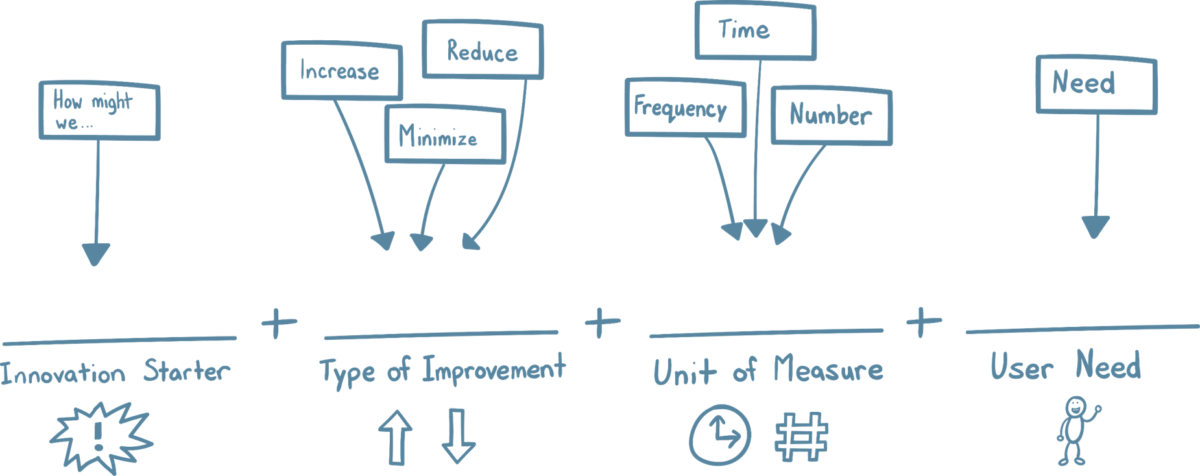Why should we use journals as research tools?
Journals are great research tools as they give us a window into peoples lives. By prompting individuals to reflect on their day-to-day experiences and record them, we can gain an in-depth perspective of the participant’s life. By doing this, little things that really matter to people can be uncovered that other forms of engagement may not reveal.
To begin creating a research journal you’ll need to know what you are trying to learn from your participants. Have your team brainstorm questions that will get you useful qualitative data. Remember not to prime the respondent with questions that will elicit responses that you expect or want to hear.
How should the journal look and feel?
Journal respondents want to know that their input will really matter, and a carefully designed journal can inspire confidence in the respondent. Your journal design should inspire the participant to respond to the questions and prompts. Think beyond “Dear Journal” and ask questions on specific topics and changes to their overall experience. It’s even a good idea to just provide empty pages for the participant to use as they wish.

By personalizing the journal for your participants, you are illustrating that their particular experience is important to you and your research. This is important as journaling is time consuming and can unearth some deep seeded emotions.

Journals don’t have to be physical books! They can also be digital experiences such as private blogs or Google Docs. You could even offer a series of prompts to take photos or other forms of creative expression. The goal is to gain insights into daily lives of the participants and how small events can impact them.
How do I support my participants?
The best way to support your participants is to personally deliver the journal and walk them through the journaling experience. However, the instructions should be written in the first couple of pages to ensure they can review them when you’re not available.

We also suggest arranging check-ins with your journal participants throughout the journal distribution timeframe. This will allow them to ask questions or for you to remind them to regularly make journal entries. Your participants may worry that they are doing the journaling incorrectly but assure them that there is no incorrect way to complete a research journal. Often journals will touch on emotional or difficult topics, so it is important to think about additional supports you can offer. We often place a telephone crisis hotline on the inside cover of the journal.
You may also support participants who are unable to write by asking them the questions and recording their answers. Your role here is to listen to what they say and write it down without editing their response. They may respond with information that you believe is incorrect but your role is not to correct or defend but to record their response verbatim.
Remember to close the journaling experience with a debrief interview.
After you’ve had the journal returned, it’s a great idea to schedule a debrief interview. Before conducting the interview read through the participant’s responses and compile follow-up questions. Going through the responses together can add detail to their stories and helps you interpret their responses. Through asking key questions you can better understand why things happened or why they wrote what they did.

We hope that you are now more confident in the journal research practice and are excited to start creating your own. Once you have your completed journals returned and debriefed you can then use the methods explored in the needs and insights webinar to start extracting information. You can view the embedded webinar video below and download the PDF of the slide deck with notes and without notes.
Know someone who is interested? Register them online.
If you know someone who is interested in being a journaling participant, you can register them online. Fill out a brief online survey to tell us a bit about the participant so that we can make sure journaling is a good fit. Registration will close on December 2, 2016.



